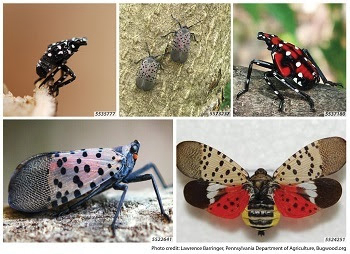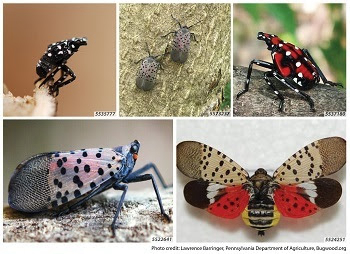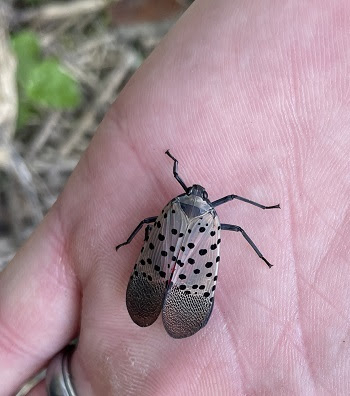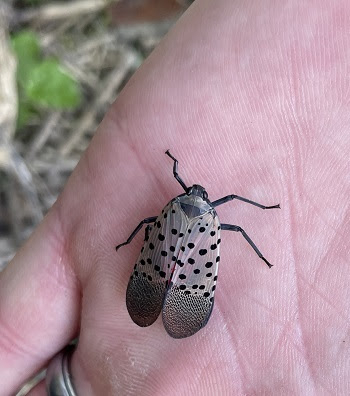Spotted Lanternfly Confirmed in Wayne County
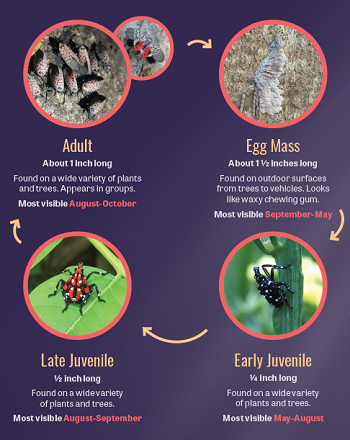
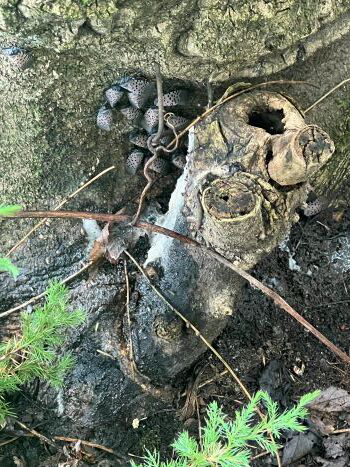
Invasive pest continues to spread within Michigan
The Michigan Department of Agriculture and Rural Development (MDARD) detected invasive spotted lanternfly (Lycorma delicatula) in Wayne County with the U.S. Department of Agriculture (USDA) confirming the finding. This confirmation follows an extensive survey across 20 counties, during which MDARD identified additional populations of this invasive pest in Monroe, Wayne, and Oakland counties. While spotted lanternfly had previously been detected in Monroe and Oakland, these surveys revealed new infestations in each location.
“These surveying efforts are crucial in our effort to slow the spread of spotted lanternfly, which can be nuisance to Michiganders and is a source of concern for fruit growers,” said Steve Carlson, MDARD’s Pesticide and Plant Pest Management Division Director. “MDARD’s proactive approach to gathering data through targeted surveying and collaboration with our state and local partners is essential to curbing the pest’s spread.”
Originally native to eastern Asia, spotted lanternfly was first detected in the United States in 2014 in southeastern Pennsylvania and has since spread to 17 eastern and midwestern states.
Spotted lanternfly has distinctive life stages. Juveniles, known as nymphs, which resemble small, wingless black to red beetles with white spots, are found in the early summer, with adults, characterized by gray to brown outer wings with black spots, emerging in late summer.
Spotted lanternfly prefers to feed on the invasive tree-of-heaven (Ailanthus altissima), but also feeds on a wide range of plants including grapevines and trees such as black walnut, river birch, willow, sumac, and red maple. When feeding, spotted lanternfly produces a sticky liquid, honeydew, that can collect on the ground or surrounding vegetation. This results in the growth of sooty mold, which can discolor and kill plants.
The Oakland County Cooperative Invasive Species Management Area (CISMA) continues to manage the original spotted lanternfly infestation point in Pontiac. Michigan State University, Michigan’s CISMAs and the USDA’s Animal and Plant Health Inspection Service are assisting in monitoring over 100 points across the western and southern portions of the state.
“Moving forward, MDARD will continue to work with our state and local partners to identify and monitor spotted lanternfly populations across Michigan,” added Carlson. “We encourage all Michiganders to continue to be on the lookout, as public awareness and engagement are crucial to our success in managing invasive species.”
If you find a spotted lanternfly egg mass, nymph or adult, take one or more photos, make note of the date, time and location of the sighting, and report it online to Eyes in the Field. Photos are necessary to verify a report and to aid in identification.
For additional information on identifying or reporting spotted lanternfly, visit Michigan.gov/SpottedLanternfly. You can also learn more at USDA’s spotted lanternfly website found at USDA APHIS | Spotted Lanternfly.



